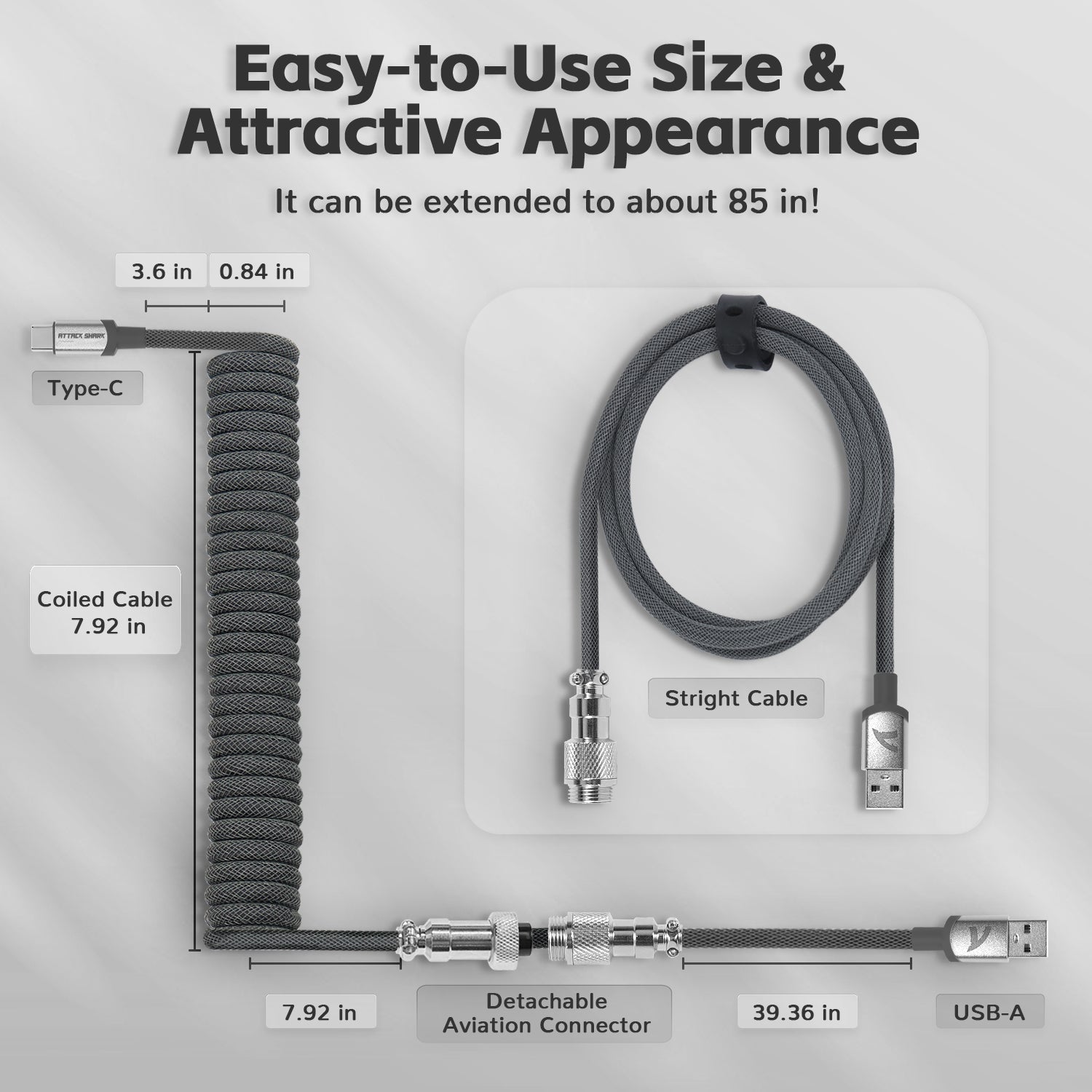Mechanical keyboards have gained immense popularity among gamers, typists, and tech enthusiasts alike. Understanding the mechanical keyboard parts is crucial for anyone looking to enhance their typing experience. This article delves into the various components that make up a mechanical keyboard, providing insights into their functions and significance.

Key Switches: The Heart of Mechanical Keyboards
At the core of every mechanical keyboard are the key switches. These switches determine the feel and responsiveness of the keyboard. There are several types of switches, including:
- Linear switches: Smooth and consistent keystrokes without tactile feedback.
- Tactile switches: Provide a noticeable bump when the key is actuated, offering feedback to the user.
- Clicky switches: Combine tactile feedback with an audible click, making them popular among typists.
Choosing the right switch can significantly impact your typing experience. Have you considered what type of switch best suits your needs?
Keycaps: The Interface Between You and the Keyboard
The keycaps are the visible part of the keyboard that you interact with. They come in various shapes, sizes, and materials, affecting both aesthetics and functionality. Common materials include:
- ABS: Lightweight and affordable, but can wear down over time.
- PBT: More durable and resistant to wear, making them a preferred choice for many users.
When selecting keycaps, consider the profile and design that best fits your typing style. Would you prefer a sculpted or flat profile?
PCB and Backplate: The Backbone of Your Keyboard
The PCB (Printed Circuit Board) is the electronic heart of the keyboard, connecting all the switches and allowing them to communicate with your computer. The backplate provides structural support and stability. Together, these components ensure that your keyboard functions smoothly and reliably.
When customizing your keyboard, the choice of PCB can affect features like programmability and lighting options. Have you explored the different types of PCBs available?
Stabilizers: Ensuring Stability for Larger Keys
Stabilizers are essential for larger keys such as the spacebar, enter, and shift keys. They prevent wobbling and ensure a consistent feel when typing. There are two main types of stabilizers:
- Clip-in stabilizers: Easy to install and remove, making them a popular choice for beginners.
- Screw-in stabilizers: Offer a more secure fit and are favored by enthusiasts for their stability.
Choosing the right stabilizers can enhance your overall typing experience. Have you considered how stabilizers might improve your keyboard's performance?
Conclusion: Building Your Perfect Mechanical Keyboard
Understanding the various mechanical keyboard parts is essential for anyone looking to customize or purchase a mechanical keyboard. Each component plays a vital role in the overall performance and feel of the keyboard. Whether you are a gamer, a programmer, or a casual user, knowing these parts can help you make informed decisions.
For those interested in enhancing their keyboard experience further, consider exploring various accessories available at  . Investing in quality components can lead to a more satisfying typing experience.
. Investing in quality components can lead to a more satisfying typing experience.







